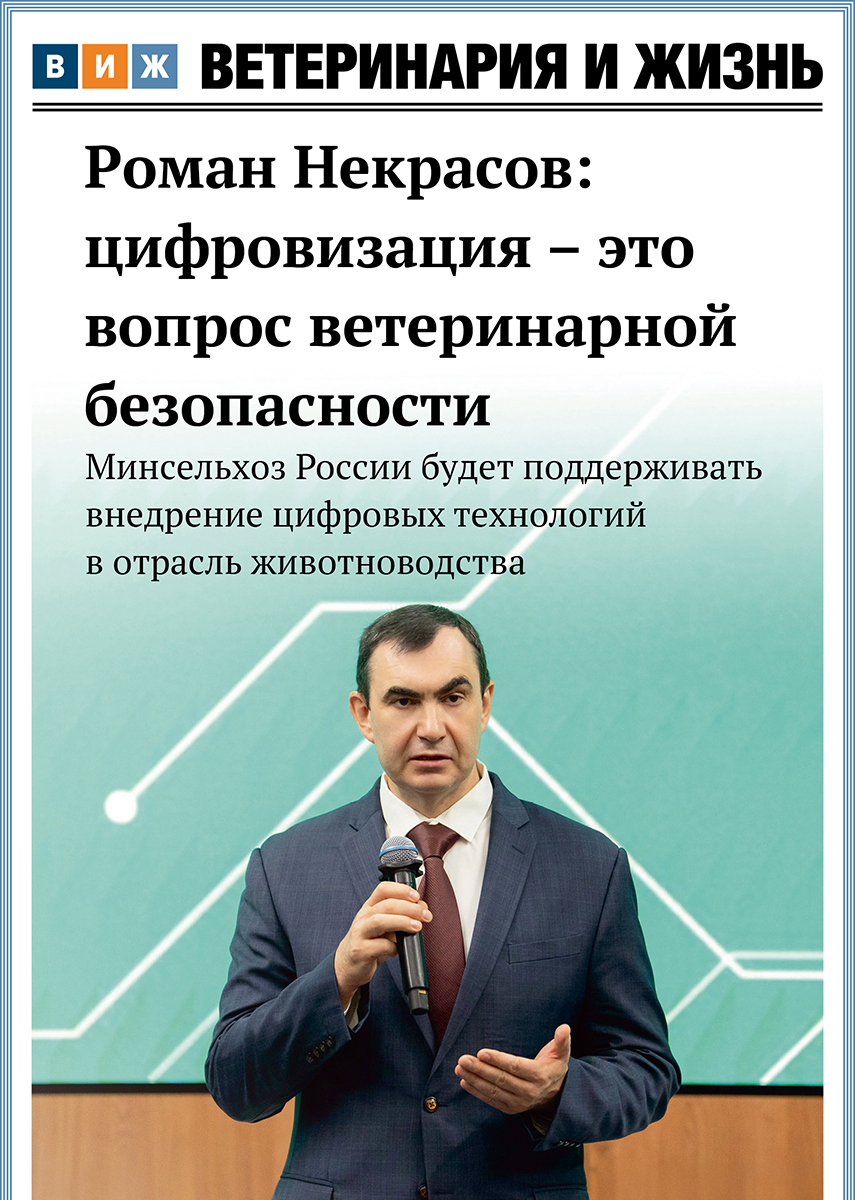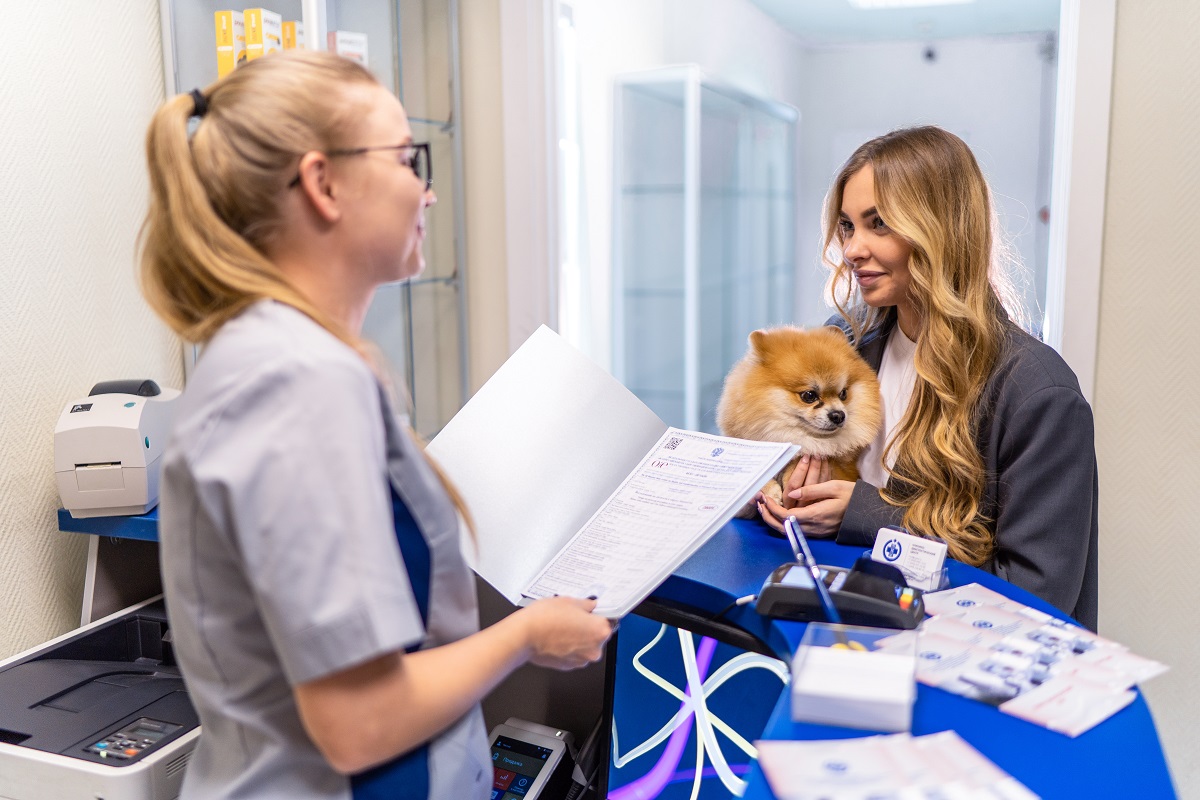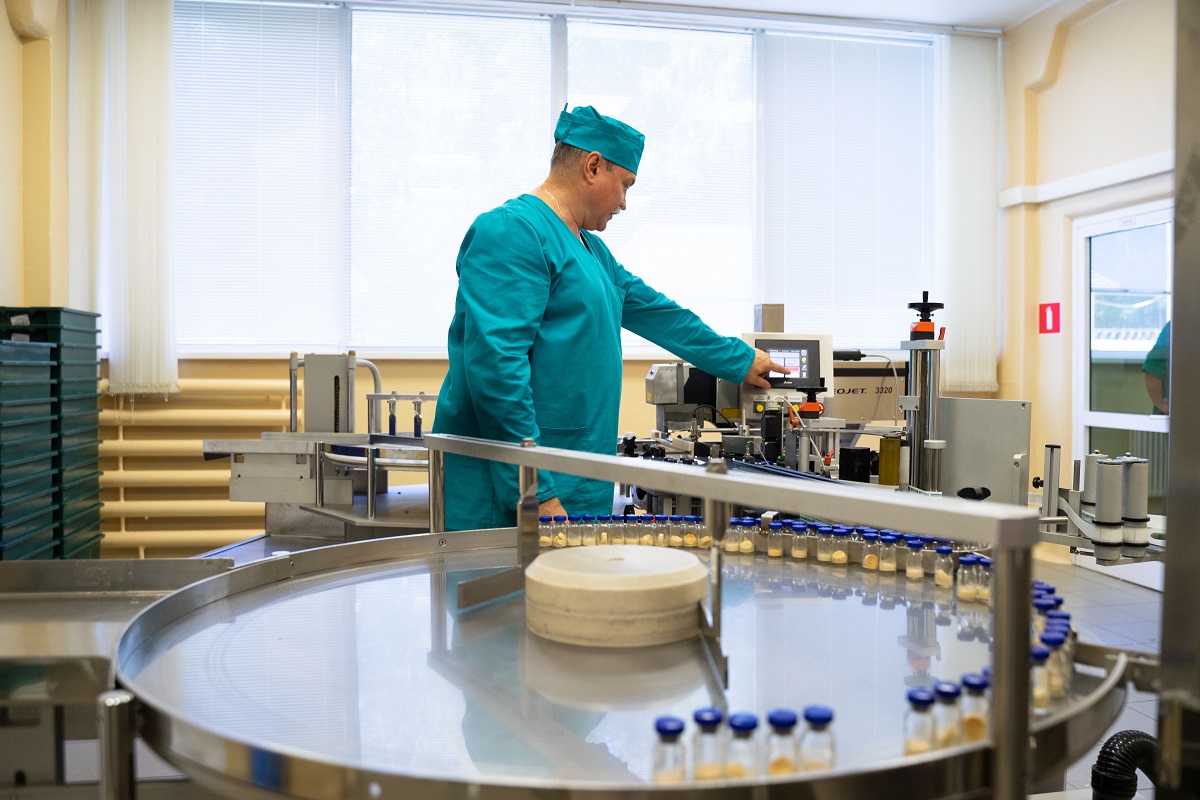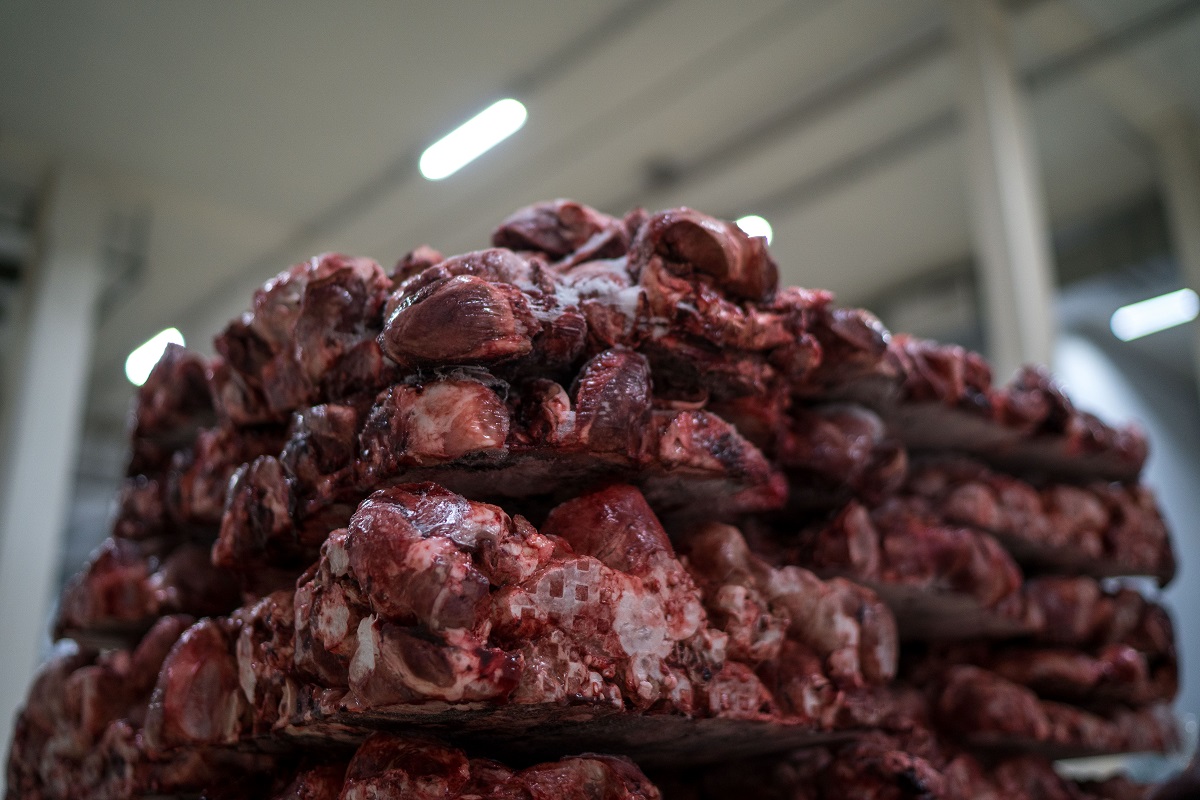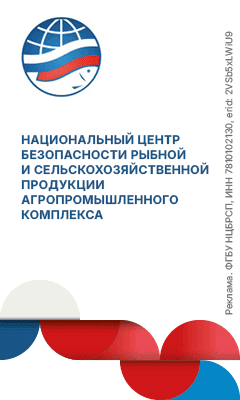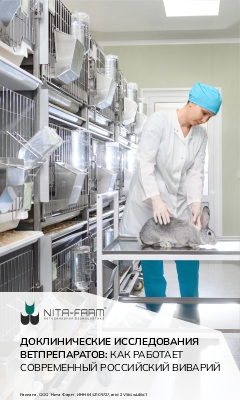“We suggest alterations to the regulations of the EAEU “On safety of fish and fish products”, prohibiting calling caviar products “caviar,” said Sergey Dankvert.
He also explained that the diversity of caviar products on shelves has increased with growing New Year demand. You can see products labeled “grained salmon caviar” or “imitation caviar”, or “textured salmon caviar”.
“But what does “textured caviar” stand for? It turns out, that this is a product made from caviar mass, which is, in fact, caviar waste. But you won’t see that information on the label. And even if you do find it, it will be in small print. So bring a hand lens to the store with you, just in case”, said Sergey Dankvert.
He also noted, that such a variety of caviar products may be in violation of consumer rights, and introduce inaccuracies in food product traceability and statistical data.
“So let’s first arrange for terminology and the requirements for the manufacturer concerning consumer information on the real contents of the can. The Rosselkhoznadzor sent an official letter to the authority responsible for product labeling, requesting to resolve the current situation in retail,” said the head of the Service.
Information note:
According to Rosselkhoznadzor’s officials, textured caviar is not an actual caviar, but a caviar fish product, which is often not stated on a label. It is a caviar mass with some complex food additives. In order to produce it, a homogeneous mixture is made from damaged or substandard fish eggs. Then it is shaped into balls with a shell, that have a texture similar to real caviar. To achieve that, a number of complex food additives are used: gelling agents, thickeners, dyes, flavor enhancers, and preservatives, that must be listed in the statement of ingredients on the label. A product made with this technology is indistinguishable from natural caviar by taste, smell, or color.

